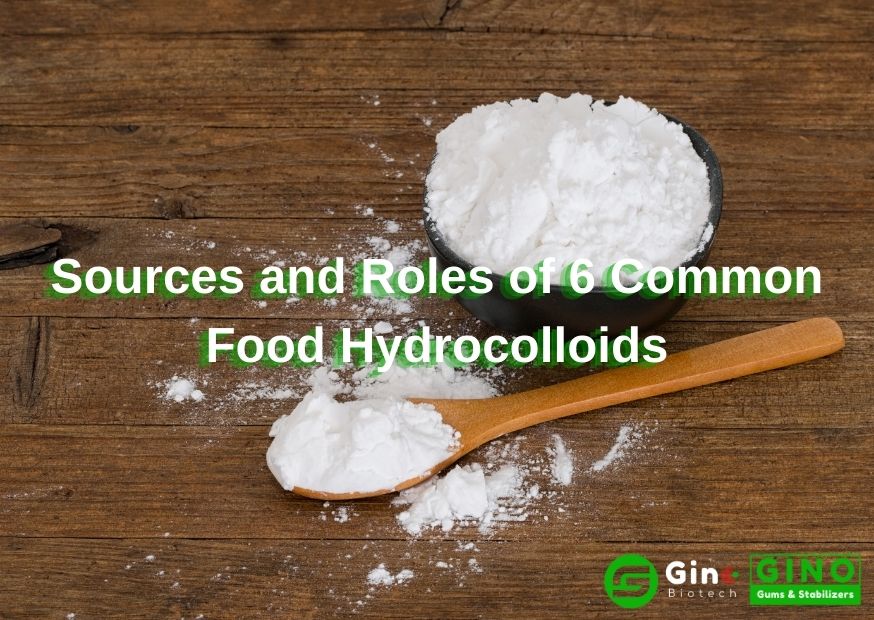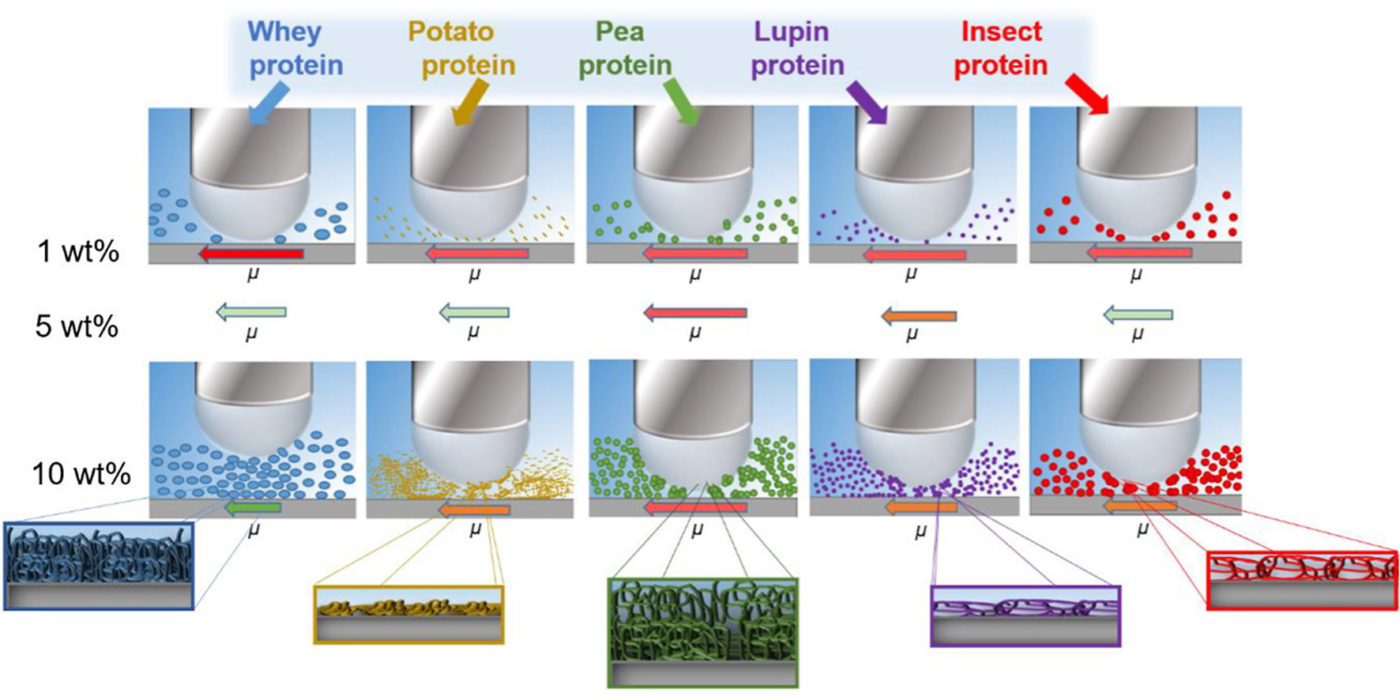Food hydrocolloids, the unsung heroes of the culinary world, are the secret ingredients that transform ordinary dishes into extraordinary experiences. From the velvety texture of ice cream to the springy bite of bread, these versatile substances play a crucial role in shaping the taste, texture, and stability of our favorite foods.
These fascinating compounds, derived from natural sources like plants and seaweed, possess unique functional properties that allow them to thicken, stabilize, emulsify, and gel. They are the culinary equivalent of invisible architects, quietly working behind the scenes to create the perfect balance of flavors and textures that delight our palates.
Introduction

Food hydrocolloids are natural or modified substances that can thicken, stabilize, or otherwise modify the texture and behavior of food.
Examples of food hydrocolloids include gums (such as guar gum and xanthan gum), starches (such as cornstarch and potato starch), and proteins (such as gelatin and egg white).
Functional Properties
Food hydrocolloids have a wide range of functional properties, including:
- Thickening:Hydrocolloids can increase the viscosity of food, making it thicker and more viscous.
- Stabilizing:Hydrocolloids can help to stabilize food emulsions and suspensions, preventing them from separating into their component parts.
- Gelling:Some hydrocolloids, such as gelatin and agar, can form gels, which are semi-solid substances that can be used to create a variety of food products, such as jellies and puddings.
- Emulsifying:Hydrocolloids can help to emulsify food, which is the process of combining two immiscible liquids (such as oil and water) into a stable mixture.
- Water binding:Hydrocolloids can bind to water, which can help to prevent food from drying out.
Types of Food Hydrocolloids

Food hydrocolloids are classified based on their chemical structure into three main categories: polysaccharides, proteins, and gums.
Polysaccharides
Polysaccharides are complex carbohydrates composed of long chains of sugar molecules. They are the most common type of food hydrocolloid and include substances such as:
- Starch: A polysaccharide found in plants, used as a thickener and gelling agent.
- Cellulose: A structural polysaccharide found in plant cell walls, used as a stabilizer and emulsifier.
- Pectin: A polysaccharide found in fruits, used as a gelling agent and thickener.
Proteins
Proteins are large molecules composed of amino acids. They can form gels, foams, and emulsions. Examples of proteins used as food hydrocolloids include:
- Gelatin: A protein derived from collagen, used as a gelling agent.
- Egg white proteins: Used as foaming agents and emulsifiers.
- Soy proteins: Used as gelling agents and emulsifiers.
Gums
Gums are natural or modified polysaccharides that are soluble in water. They can form viscous solutions and are used as thickeners, stabilizers, and emulsifiers. Examples of gums include:
- Xanthan gum: A polysaccharide produced by bacteria, used as a thickener and stabilizer.
- Guar gum: A polysaccharide derived from guar beans, used as a thickener and stabilizer.
- Gum arabic: A polysaccharide derived from the acacia tree, used as an emulsifier and stabilizer.
Applications of Food Hydrocolloids

Food hydrocolloids are widely used in the food industry due to their unique properties. They are commonly employed as thickeners, stabilizers, emulsifiers, and gelling agents.
Thickeners
Food hydrocolloids can be used to increase the viscosity of food products, making them thicker and more viscous. This is useful in sauces, gravies, soups, and other products where a thicker consistency is desired.
- Guar gum is a common thickener used in soups, sauces, and gravies.
- Xanthan gum is another effective thickener used in salad dressings, sauces, and baked goods.
Stabilizers
Food hydrocolloids can also be used to stabilize food products, preventing them from separating or forming clumps. This is important in products such as ice cream, yogurt, and mayonnaise.
- Carrageenan is a stabilizer used in dairy products, such as ice cream and yogurt.
- Pectin is another stabilizer used in jams, jellies, and fruit fillings.
Emulsifiers, Food hydrocolloids
Food hydrocolloids can be used to emulsify food products, which means they help to keep oil and water from separating. This is important in products such as salad dressings, mayonnaise, and ice cream.
- Lecithin is an emulsifier used in salad dressings and mayonnaise.
- Gum arabic is another emulsifier used in ice cream and other frozen desserts.
Gelling Agents
Food hydrocolloids can also be used to form gels, which are semi-solid substances. This is useful in products such as jellies, puddings, and gummy candies.
- Gelatin is a gelling agent used in jellies and puddings.
- Agar is another gelling agent used in Asian cuisine and in laboratory applications.
FAQ Corner: Food Hydrocolloids
What exactly are food hydrocolloids?
Food hydrocolloids are natural or semi-synthetic compounds that have the ability to thicken, stabilize, emulsify, or gel when added to food.
Where can we find food hydrocolloids?
Food hydrocolloids can be derived from various sources, including plants (e.g., guar gum, pectin), animals (e.g., gelatin), and microorganisms (e.g., xanthan gum).
Are food hydrocolloids safe to consume?
Yes, food hydrocolloids are generally considered safe for consumption. They have been extensively tested and approved by regulatory agencies around the world.
